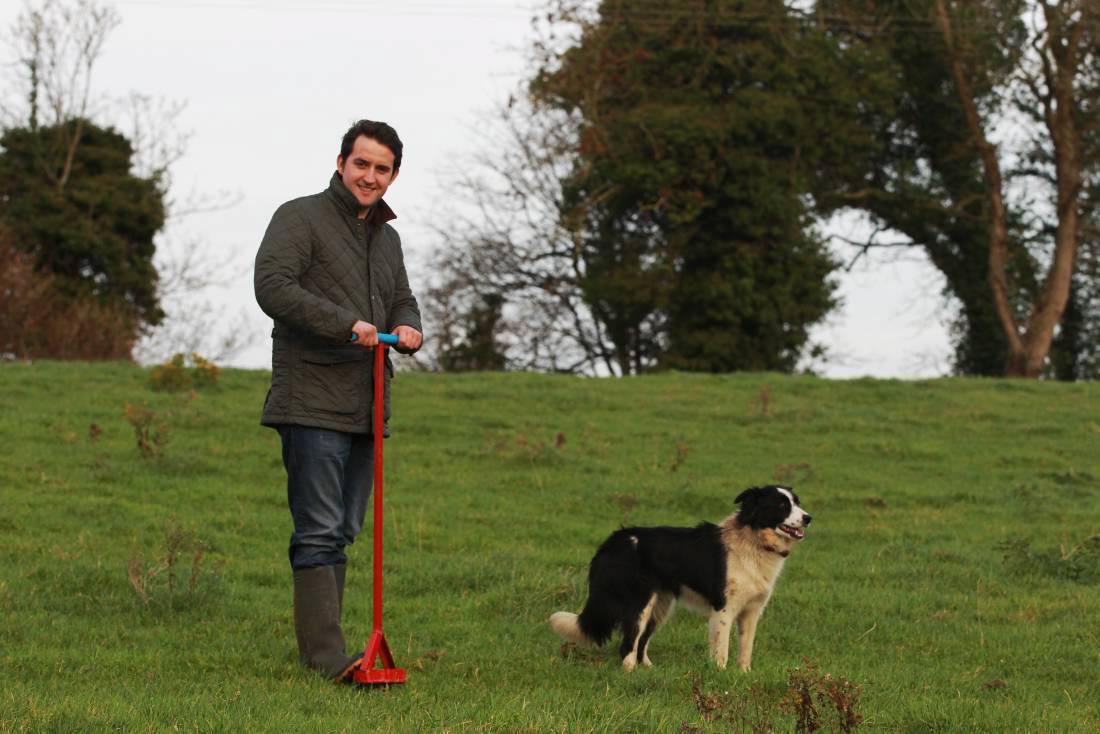I can’t help but be frustrated of late with the current rules in place to do with the handling of Tuberculosis (TB) in this country. It all began when we received a letter stating we had purchased an animal from the mart that had come from a herd that went down with TB.
It said that this animal would have to be tested immediately. Due to it being so close to Christmas, testing would have to wait until the new year, as I first thought. This was the only information provided in the letter.
Restricted
It wasn’t until Christmas Eve we received another letter that informed us that our herd had been restricted. At this stage we hadn’t tested any animals. It was quite a bizarre situation that I hadn’t experienced before. Thankfully the bullock in question was tested and passed on Saturday.
TB testing has been in operation since 1950 but became compulsory in 1962 and in the intervening 53 years we are still going through this laborious procedure. Labelled a TB eradication programme, I fail to agree with this original heading as I’m still testing animals today.
Reactor
We are luckier than some as our farm is free from TB for the last 15 years. But having a reactor could be seriously damaging to our store to beef system.
Take for example our steer in question that had to be tested. Had he proved to be a reactor, the herd would continue to be restricted. We would have been unable to purchase any further animals until we had two clear tests in 120 days, bringing us to the middle of May before we would be allowed to buy any more animals.
So with only 50% of our cattle purchased at present our stocking rate would have been reduced to 1.25 Lu/ha at the most crucial stage of the grazing season. This would hit our profitability substantially, forcing us to buy cattle that weigh a good deal heavier and more expensive if they had any chance of hitting finishing weights next autumn. This is only my own situation, with many others affected in different ways.
I hope other eradication programmes in place at present, in particular BVD, can be managed in a far more efficient manner so that we aren’t discussing BVD in a similar manner in 2066.






 This is a subscriber-only article
This is a subscriber-only article






SHARING OPTIONS: